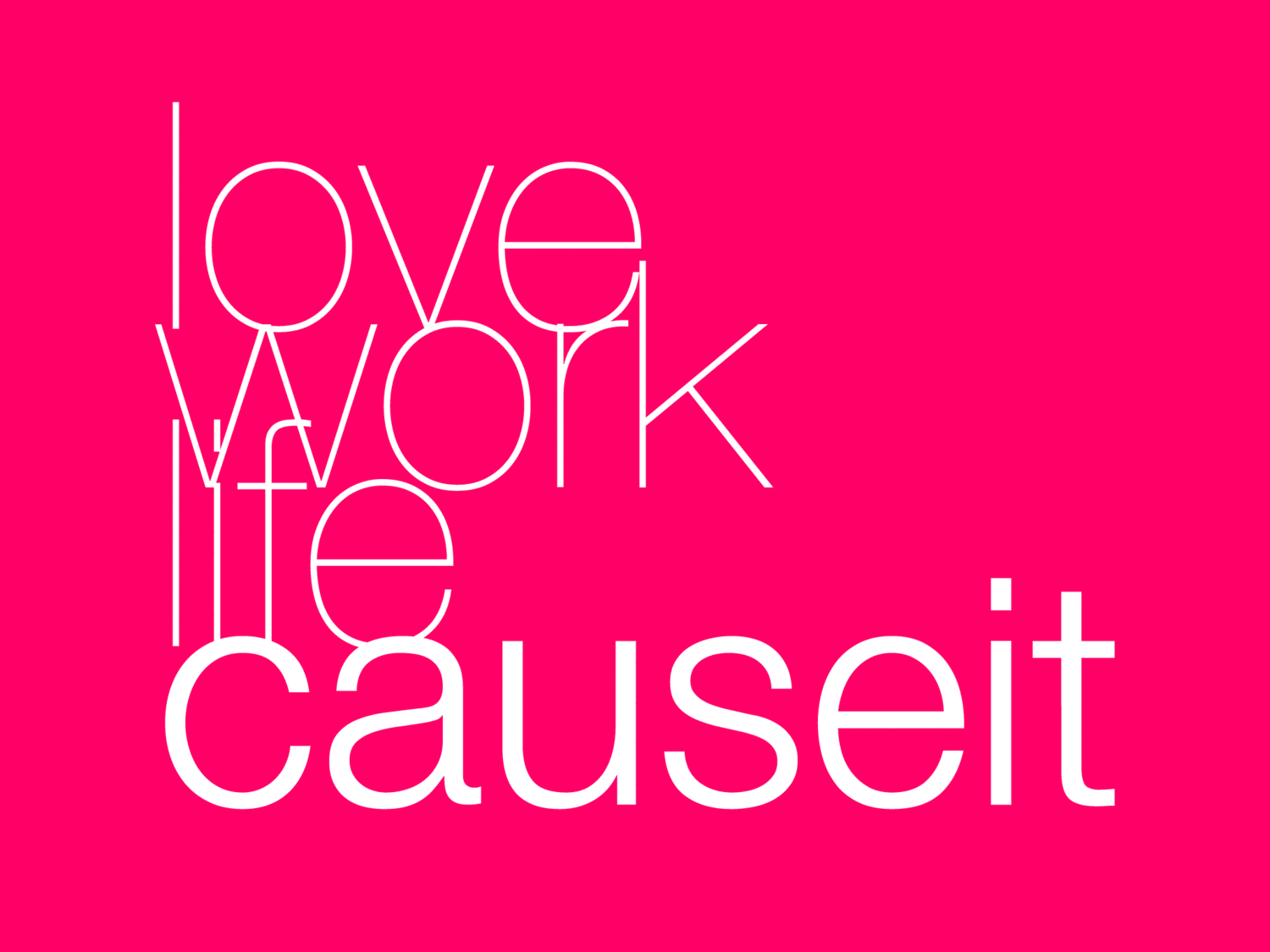After her doctor's appointment, she heads to the grocery store, which the vehicle already mapped. She swipes to begin and settle back in her seat. The vehicle stops automatically to pick up Jenna's colleague, who is going to a nearby destination, and they meet in the car; meeting notes are automatically transcribed, uploaded to Jenna's cloud, and scrubbed from the car's internal memory.
When it's time for an afternoon doctor's appointment, Jenna walks outside to the parking lot and steps up to one of her favorite cars. The vehicle unlocks as she approaches, and the seats, audio, temperature and window tint have all automatically shifted for her. The vehicle takes off for its destination on an autonomous route, reaching speeds of up to 300 km/h and drafting nearby autonomous vehicles less than a meter in front of it for efficiency. When the vehicle exits the autoroute, Jenna taps manual mode after putting on the augmented reality goggles on the dashboard, and takes a curvy back road for fun. The walls and frame of the car disappear whenever she looks at them, with camera-driven outside views automatically superimposed, so she has no 'blind spots,' and even though there aren't many sensors on this old back-country road, the car's advanced microphones sense oncoming vehicles on blind corners and alerts her and preps the brakes. Even when they aren't connected cars, like an old tractor she encounters along the way, the margin of safety is vastly increased through her vehicle's smart systems.


![[web banner] Day in the Automotive Life.003.jpeg](https://images.squarespace-cdn.com/content/v1/500a17fce4b016a023c03626/1455248348097-VV9OG8M5SPA004RT0AYJ/%5Bweb+banner%5D+Day+in+the+Automotive+Life.003.jpeg)
![[web banner] Day in the Automotive Life.004.jpeg](https://images.squarespace-cdn.com/content/v1/500a17fce4b016a023c03626/1455248581144-QJOZ6Q44UE7545O24OVS/%5Bweb+banner%5D+Day+in+the+Automotive+Life.004.jpeg)
![[web banner] Day in the Automotive Life.005.jpeg](https://images.squarespace-cdn.com/content/v1/500a17fce4b016a023c03626/1455248650334-4LVD9E34C738Z6P5BSF0/%5Bweb+banner%5D+Day+in+the+Automotive+Life.005.jpeg)
![[web banner] Day in the Automotive Life.006.jpeg](https://images.squarespace-cdn.com/content/v1/500a17fce4b016a023c03626/1455248683443-Q0M1PFUQ3U9HIEAONDZ3/%5Bweb+banner%5D+Day+in+the+Automotive+Life.006.jpeg)
![[web banner] Day in the Automotive Life.007.jpeg](https://images.squarespace-cdn.com/content/v1/500a17fce4b016a023c03626/1455248723056-XV36JT9KYA1XQT4NPXBR/%5Bweb+banner%5D+Day+in+the+Automotive+Life.007.jpeg)
![[web banner] Day in the Automotive Life.009.jpeg](https://images.squarespace-cdn.com/content/v1/500a17fce4b016a023c03626/1455248801612-ZJNNDDPG5950687U6YOB/%5Bweb+banner%5D+Day+in+the+Automotive+Life.009.jpeg)
![[web banner] Day in the Automotive Life.010.jpeg](https://images.squarespace-cdn.com/content/v1/500a17fce4b016a023c03626/1455249771121-QYQ9YDXTPQKQTF24VZAA/%5Bweb+banner%5D+Day+in+the+Automotive+Life.010.jpeg)
![[web banner] Day in the Automotive Life.011.jpeg](https://images.squarespace-cdn.com/content/v1/500a17fce4b016a023c03626/1455249953027-RTMU52J1KGQ3QP8MM5D1/%5Bweb+banner%5D+Day+in+the+Automotive+Life.011.jpeg)
![[web banner] Day in the Automotive Life.012.jpeg](https://images.squarespace-cdn.com/content/v1/500a17fce4b016a023c03626/1455250010810-CY74RAX27SL7BTCL4D3B/%5Bweb+banner%5D+Day+in+the+Automotive+Life.012.jpeg)
![[web banner] Day in the Automotive Life.013.jpeg](https://images.squarespace-cdn.com/content/v1/500a17fce4b016a023c03626/1455250040355-AC8IXYU9PDT2PFU5K359/%5Bweb+banner%5D+Day+in+the+Automotive+Life.013.jpeg)
![[web banner] Day in the Automotive Life.014.jpeg](https://images.squarespace-cdn.com/content/v1/500a17fce4b016a023c03626/1455250384606-JYJ9OXDOR4K0NRAEH1Z0/%5Bweb+banner%5D+Day+in+the+Automotive+Life.014.jpeg)
![[web banner] Day in the Automotive Life.016.jpeg](https://images.squarespace-cdn.com/content/v1/500a17fce4b016a023c03626/1455252360847-Q3WDUA30UBX7SVJGOOS3/%5Bweb+banner%5D+Day+in+the+Automotive+Life.016.jpeg)
![[web banner] Day in the Automotive Life.017.jpeg](https://images.squarespace-cdn.com/content/v1/500a17fce4b016a023c03626/1455250645774-QW8LGHAQ3DANSTD3XIBF/%5Bweb+banner%5D+Day+in+the+Automotive+Life.017.jpeg)
![[web banner] Day in the Automotive Life.018.jpeg](https://images.squarespace-cdn.com/content/v1/500a17fce4b016a023c03626/1455250876491-YWBP2A4ASHV2LB5PFTPK/%5Bweb+banner%5D+Day+in+the+Automotive+Life.018.jpeg)
![[web banner] Day in the Automotive Life.019.jpeg](https://images.squarespace-cdn.com/content/v1/500a17fce4b016a023c03626/1455250913358-OH3CI7E51DHBCGB6Y31M/%5Bweb+banner%5D+Day+in+the+Automotive+Life.019.jpeg)
![[web banner] Day in the Automotive Life.020.jpeg](https://images.squarespace-cdn.com/content/v1/500a17fce4b016a023c03626/1455250952742-30OKRMD0D5LU0BPAWDGO/%5Bweb+banner%5D+Day+in+the+Automotive+Life.020.jpeg)